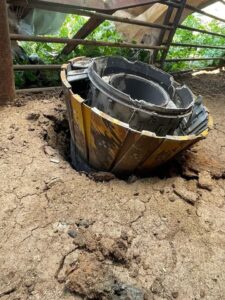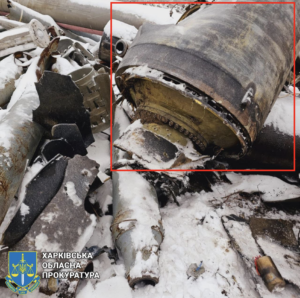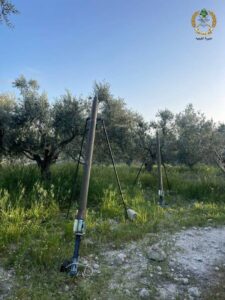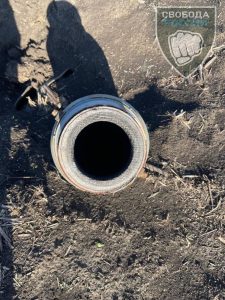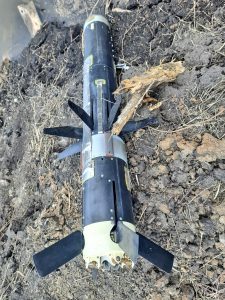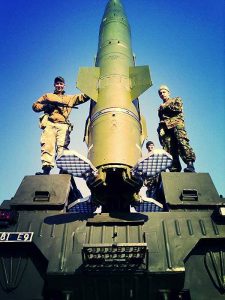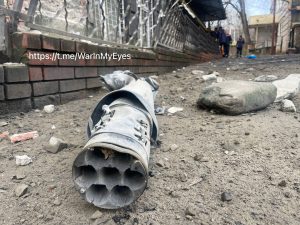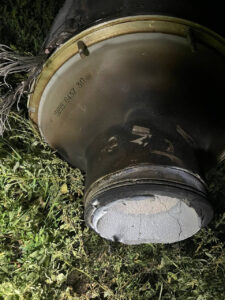Analyst Note:
This image shows the flare from a Terminal High Altitude Area Defense (THAAD) system's ‘Talon’ kinetic interceptor missile. The flare is located at the aft end of the missile's booster engine. The ‘petals’ of the flare are initially flush, and are actuated into the deployed position, seen here, as part of the missile‘s functioning. (ARES)





 Constricting openings in rocket motors that increase the velocity and pressure of exiting gases, sometimes directing these to impart spin to the munition
Constricting openings in rocket motors that increase the velocity and pressure of exiting gases, sometimes directing these to impart spin to the munition 


